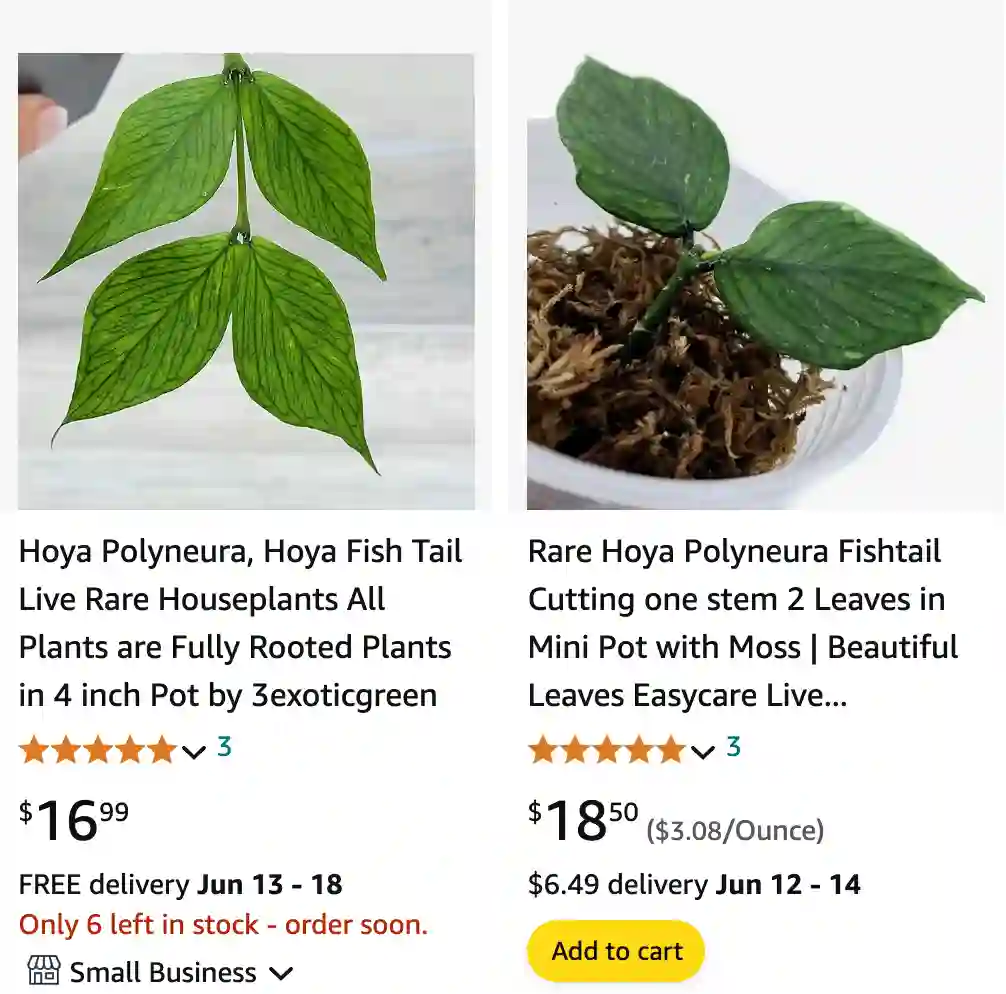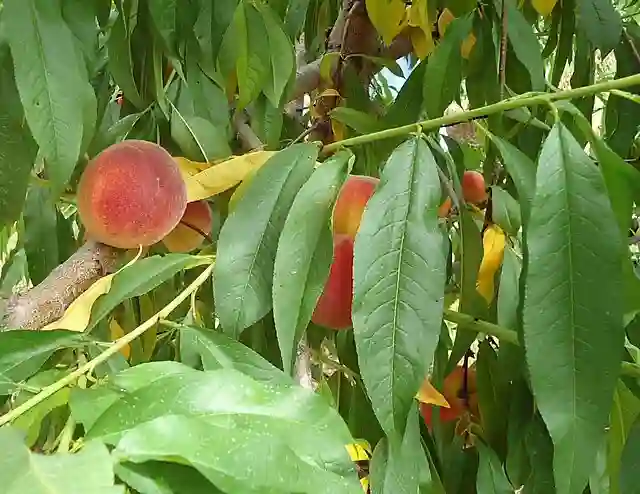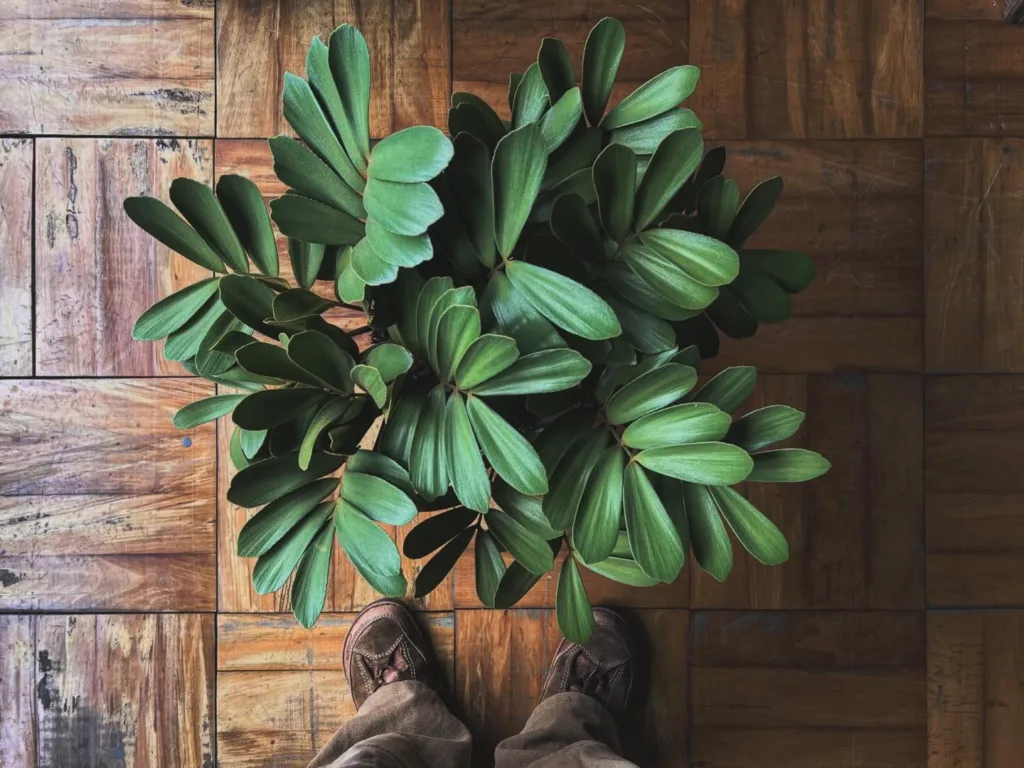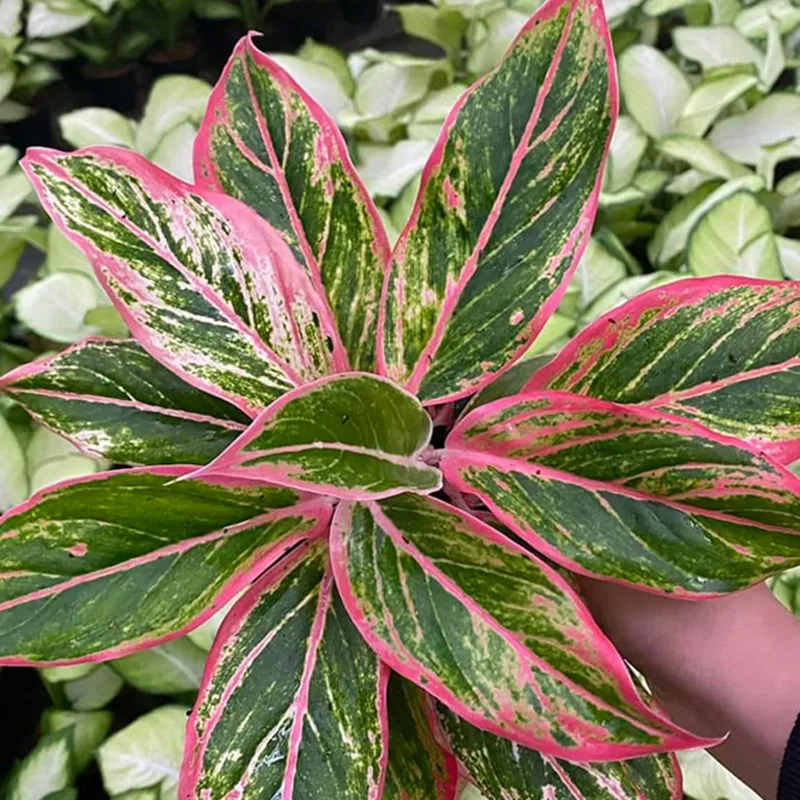
Hoya Polyneura: Unveiling the Allure of the Fishtail Hoya
Hello, plant enthusiasts! Ferb Vu here, and today, we delve into the world of the captivating Hoya polyneura, also known as the Fishtail Hoya. This beauty has won hearts with its unique foliage and easygoing nature.
Whether you’re a seasoned plant parent or a curious newcomer, this FAQ will equip you with everything you need to know about caring for your very own Fishtail Hoya. So, grab a cup of tea, settle in, and let’s explore!
566 Species in Genus Hoya
What is Hoya polyneura?
Hoya polyneura is a stunning flowering vine belonging to the Apocynaceae family. It hails from the foothills of the Himalayas, stretching from Assam to northwestern Yunnan. This epiphytic wonder thrives in aerial environments, attaching itself to trees and other structures for support.
The defining feature of the Fishtail Hoya lies in its captivating leaves. Lush, emerald green foliage boasts a distinctive, mermaid tail-like shape. Delicate, darker veins weave through the leaves, creating a mesmerizing contrast. These beauties cascade gracefully, making them ideal for hanging baskets or trailing planters.
But the charm doesn’t stop there! When mature, Hoya polyneura produces clusters of fragrant, star-shaped flowers. These blooms typically emerge in shades of white or pale pink, adding a touch of elegance to your indoor space.
Hoya Polyneura Broget vs Silver
Honestly, for the longest time, I thought Broget and Silver were just different names for the same plant. But after fussing over both for a while, I realized there are subtle differences.
The Broget, on the other hand, is like a party in a pot. The silver variegation is more splashy and uneven, with some areas having a denser concentration of shimmer. It’s a little less predictable, which makes it more interesting to me. It feels more like a unique piece of art than a mass-produced beauty.
How to Care for Hoya polyneura?
The good news? Hoya polyneura is a relatively low-maintenance plant, perfect for busy individuals or those new to the plant parenthood journey. Here’s how to keep your Fishtail Hoya thriving:
- Light: This tropical native prefers bright, indirect light. South-facing windows with sheer curtains or east-facing ones provide the perfect amount of illumination. Avoid harsh, direct sunlight, as it can scorch the leaves.
- Watering: Hoya polyneura thrives on the “less is more” approach when it comes to watering. Allow the soil to dry completely between waterings. Signs of thirst include wilting leaves and shriveled stems. Overwatering is a major enemy, so err on the side of underwatering.
- Soil: A well-draining potting mix is crucial for preventing root rot. Opt for a succulent or orchid mix, or create your own by combining regular potting soil with perlite or pumice for added drainage.
- Humidity: While Hoya polyneura tolerates average household humidity, it truly flourishes in higher humidity levels (around 50-60%). Grouping your plants together, using a pebble tray, or investing in a humidifier can create a more favorable environment.
- Temperature: Aim for comfortable room temperatures between 60-80°F (15-27°C). Avoid placing your plant near cold drafts or vents.
- Fertilization: During the active growing season (spring and summer), a balanced, diluted fertilizer applied once a month can give your Hoya polyneura a boost. However, fertilizing is not essential for healthy growth.
How to Propagate Hoya polyneura?
Sharing the joy of your Fishtail Hoya? Propagation is a breeze! Here are two popular methods:
- Stem Cuttings: Select a healthy stem with at least two nodes (leaf junctions). Make a clean cut just below a node and remove any lower leaves. Dip the cut end in rooting hormone (optional) and plant it in a pot with moist, well-draining soil. Keep the soil slightly moist and provide bright, indirect light. New growth should appear within a few weeks.
- Leaf Cuttings: This method requires a little more patience. Select a healthy leaf with its petiole (stalk) attached. Plant the petiole end in a pot with moist, well-draining soil. Cover the pot with a plastic bag to maintain humidity and place it in bright, indirect light. While roots might take several months to develop, you should eventually see new growth emerge from the base of the petiole.
What to Plant with Hoya polyneura?
Looking for companions for your Fishtail Hoya? Here are some excellent choices:
- Other Hoyas: Various Hoya varieties, like Hoya carnosa or Hoya kerrii, create a stunning display of diverse foliage textures and colors.
- Alocasia: The bold, architectural foliage of Alocasia varieties provides a beautiful contrast to the delicate leaves of the Hoya polyneura.
- ZZ Plant (Zamioculcas zamiifolia): This low-maintenance beauty shares similar light and watering requirements with the Fishtail Hoya, making them ideal roommates.
- Philodendron: The trailing varieties of Philodendron complement the cascading growth habit of the Hoya polyneura, creating a lush, overflowing jungle vibe.
Common Problems and Solutions with Hoya polyneura
While generally low-fuss, a few issues can occasionally arise with your Fishtail Hoya. Here’s how to identify and address them:
- Yellowing Leaves: This can indicate underwatering, overwatering, or nutrient deficiency. Check the soil moisture and adjust your watering habits accordingly. If underwatering isn’t the culprit, consider fertilizing with a balanced, diluted solution.
- Drooping Leaves: This is usually a sign of underwatering. Give your plant a thorough watering and allow the excess water to drain freely.
- Curling Leaves: This can occur due to insufficient light or temperature fluctuations. Ensure your Hoya receives adequate bright, indirect light and maintain consistent room temperatures.
- Pests and Diseases: Fortunately, Hoya polyneura is relatively pest-resistant. However, keep an eye out for common houseplant pests like mealybugs or scale. Treat them with insecticidal soap or neem oil solution. For diseases, fungal issues are more likely due to overwatering. Ensure proper drainage and adjust your watering schedule.
Conclusion
The captivating Hoya polyneura, with its cascading foliage and fragrant blooms, is a true gem for any plant enthusiast. With its easygoing nature and manageable care requirements, it’s a perfect choice for both seasoned plant parents and beginners alike. So, why not add this unique beauty to your collection and witness its magic unfold?
Remember, a happy Hoya polyneura thrives on consistent care, bright indirect light, and well-draining soil. With a little TLC, you’ll be rewarded with a healthy, flourishing plant that adds a touch of elegance and visual interest to your indoor space. Happy planting!
If i die, water my plants!



